We experience the world around us through our senses: sight, smell, touch, taste and sound, plus balance and body awareness. While visual language is often the focus of architectural designers, we can create more engaging environments by expanding our toolkit with research into child development.
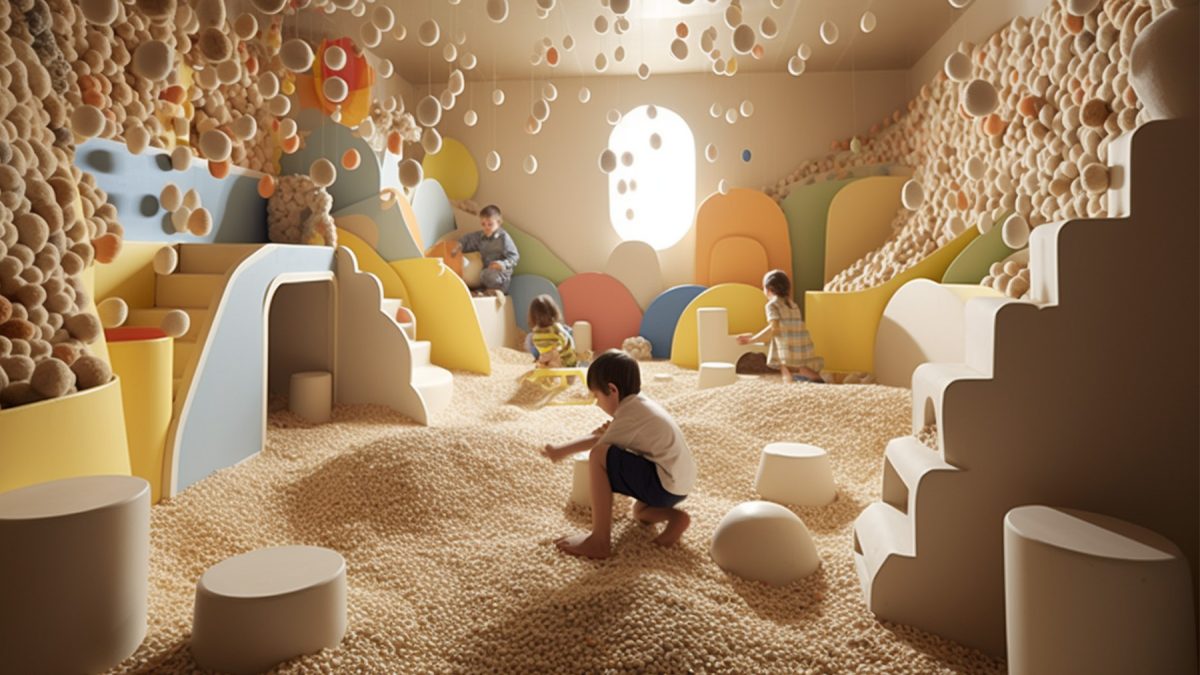 Conceptual sensory play area for children
Conceptual sensory play area for children
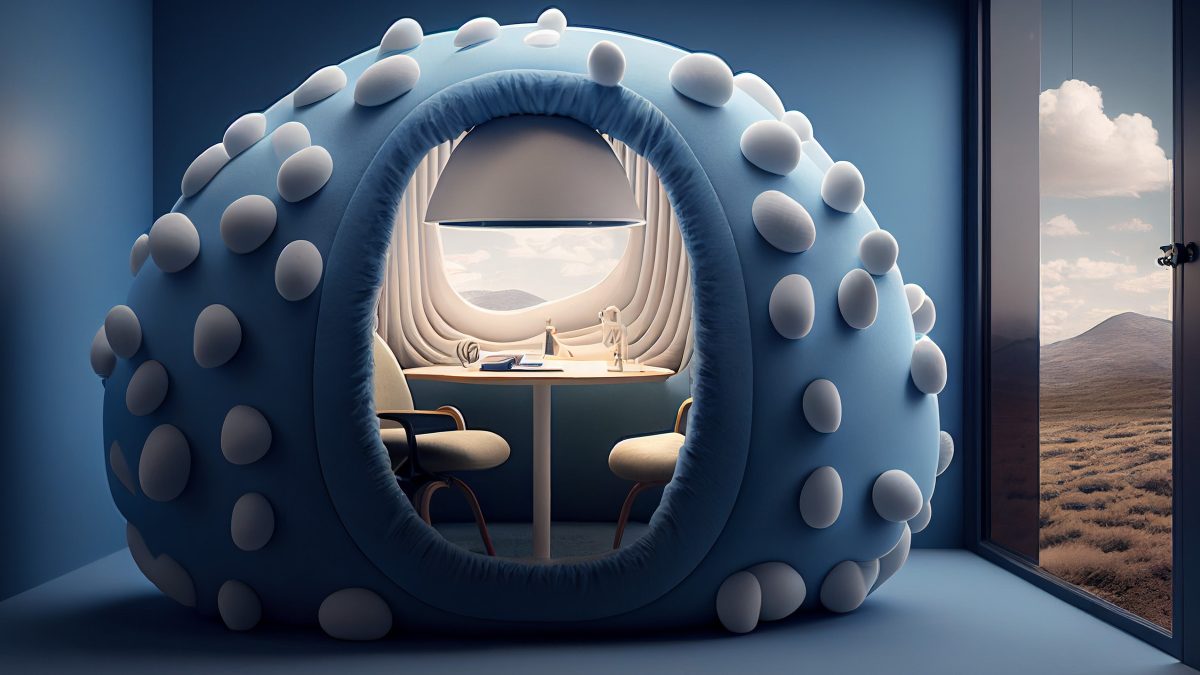 Imagined sensory work environment for adults
Imagined sensory work environment for adults
What is sensory design?
Sensory design is the purposeful design of spaces to engage the full range of human experiences. Engaging our senses in a ‘sensory experience’ impacts our thoughts, emotions, behaviour, performance, memory and overall wellbeing.
For instance, a study conducted in a supermarket showed that manipulating sensory inputs influenced buying habits. When playing French music, the majority of wine bought was French. Researchers observed the same result with German music.
Looking at greenery and natural landscapes reduces symptoms (inattention and impulsivity) of ADHD. If space affects behaviour, then workplace strategists and designers can target specific goals.
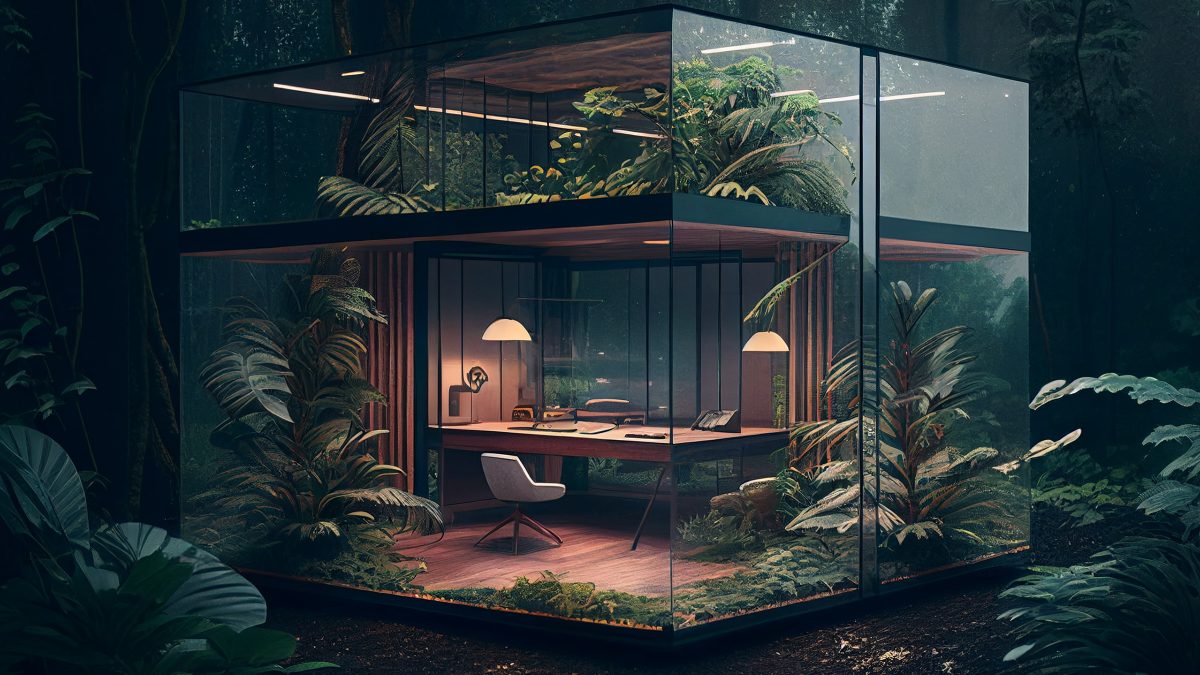 Concept of focused work environment immersed in greenery
Concept of focused work environment immersed in greenery
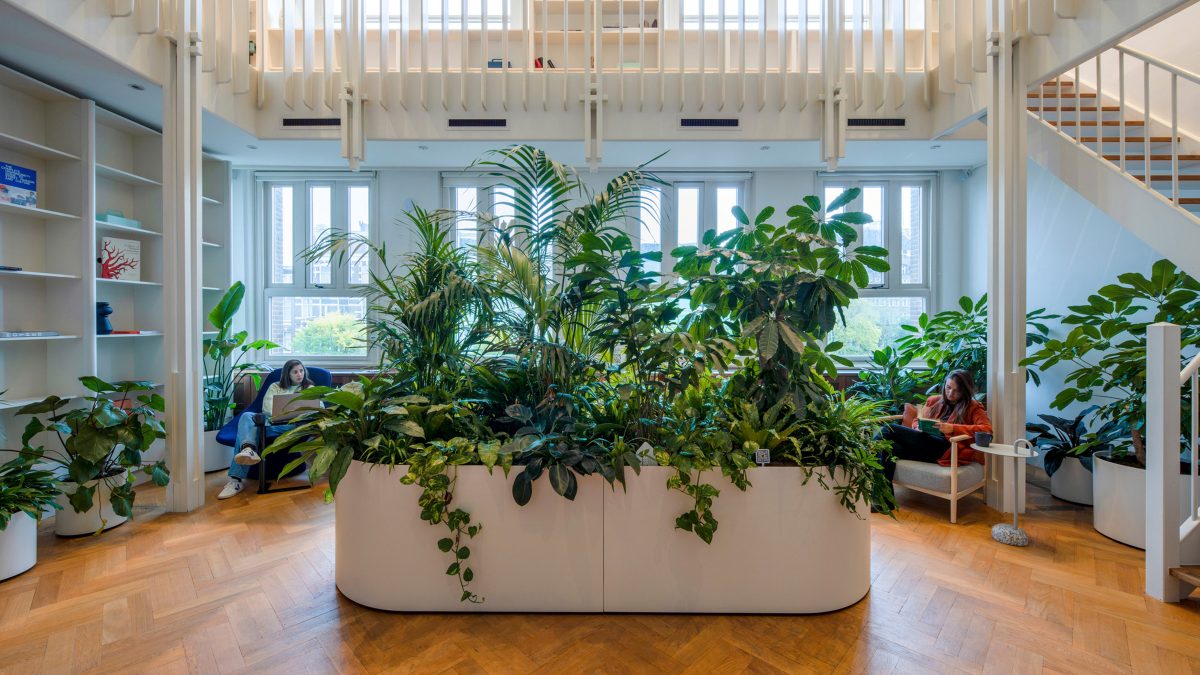 Miro, Amsterdam office
Miro, Amsterdam office
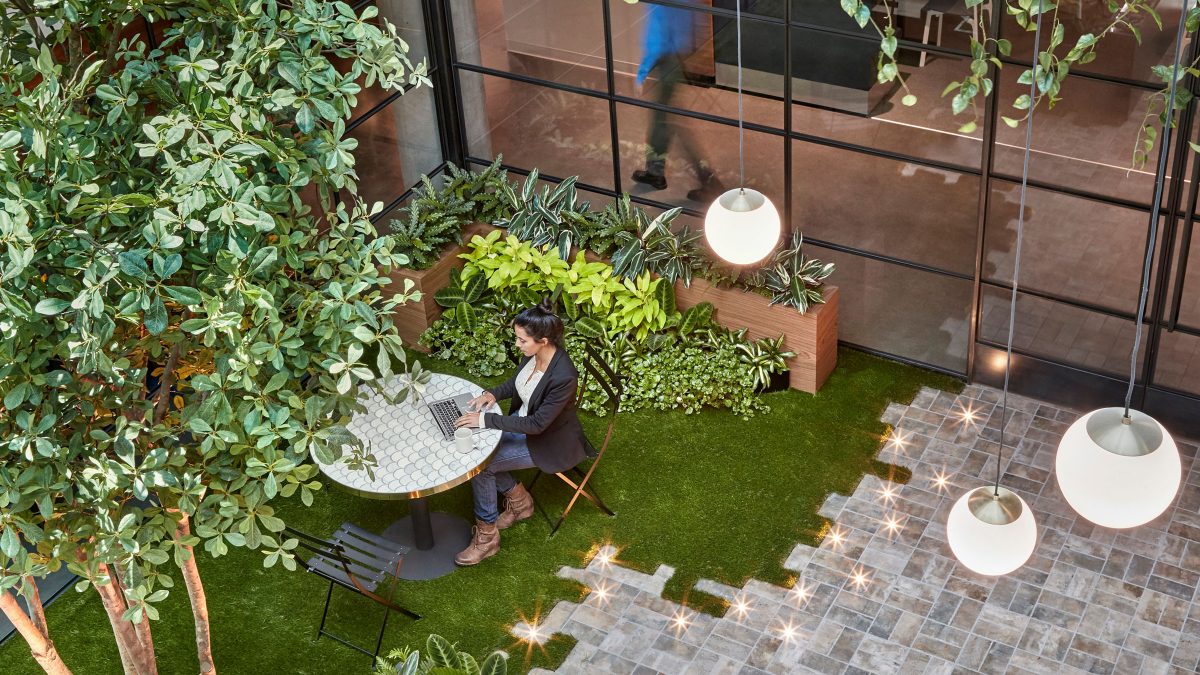 Confidential client, San Francisco office
Confidential client, San Francisco office
The sensory experience
Sensory experiences can be positive or negative depending on our associations with them. The smell of coffee can make us feel energetic and alert, while the sound of someone talking loudly on the phone can be distracting and frustrating. Certain floral scents also improve cognitive function, increasing focus and productivity.
We can better understand how this works by looking at sensory play spaces designed for children.
How do children use their senses?
Babies are born with limited sensory systems that develop over time. For example, newborns see in black and white and can only focus a few inches away from their faces.
The more information the brain receives from exploring its surroundings, the more it develops. Therefore the best way to support learning is to stimulate the different senses in new and novel ways.
The impact of sensory play on children
Sensory design for children’s play stimulates all the senses, helping them grow, learn and develop. They begin to experience more abstract senses such as wellbeing, space, time and togetherness, contributing to a positive internal working model.
The benefits include:
- Increasing concentration and focusing attention
- Promoting social interaction
- Providing choice and acknowledging preference
- Encouraging exploration and creativity
- Relaxing the mind and body.
Clearly, these outcomes are also desirable in adults. Could a multi-sensory approach to office design improve the environment and bring out the best in people?
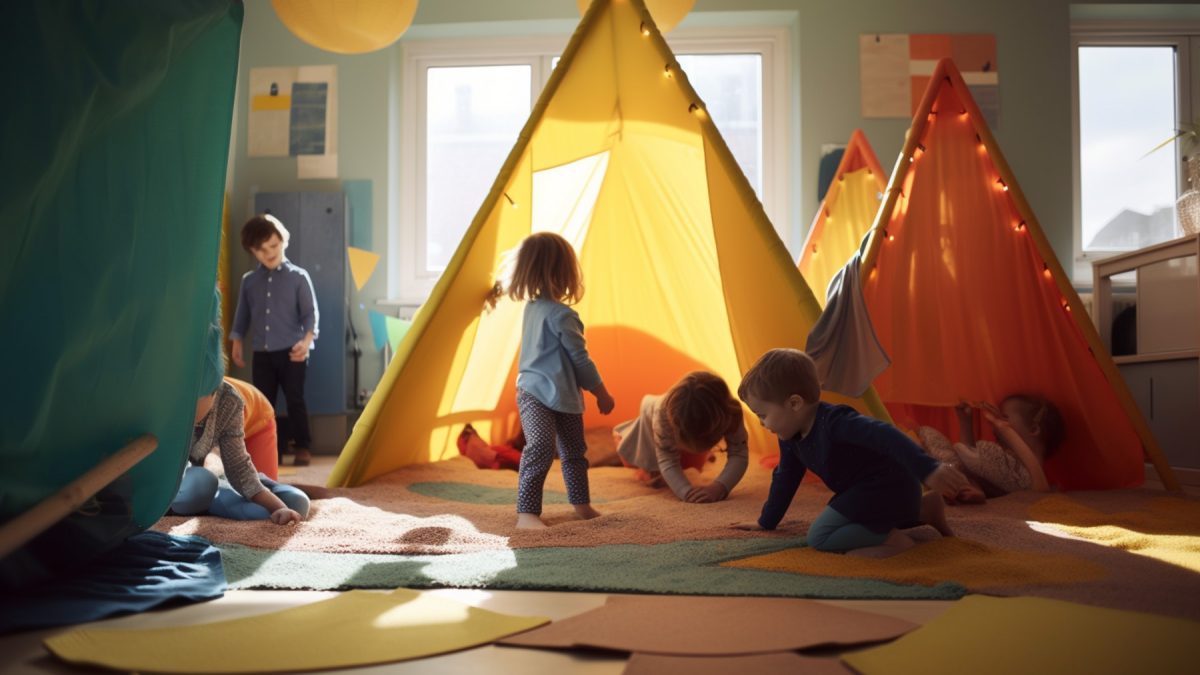 Imagined play structures for security and creativity
Imagined play structures for security and creativity
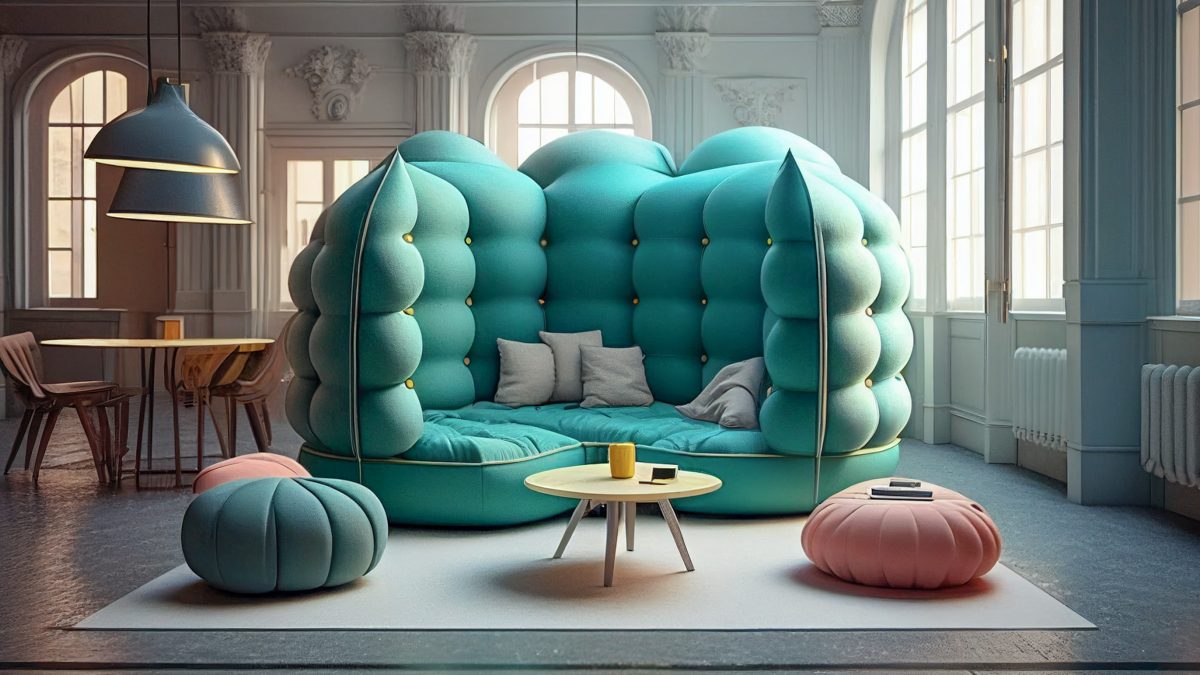 Conceptual design of secure-feeling seating
Conceptual design of secure-feeling seating
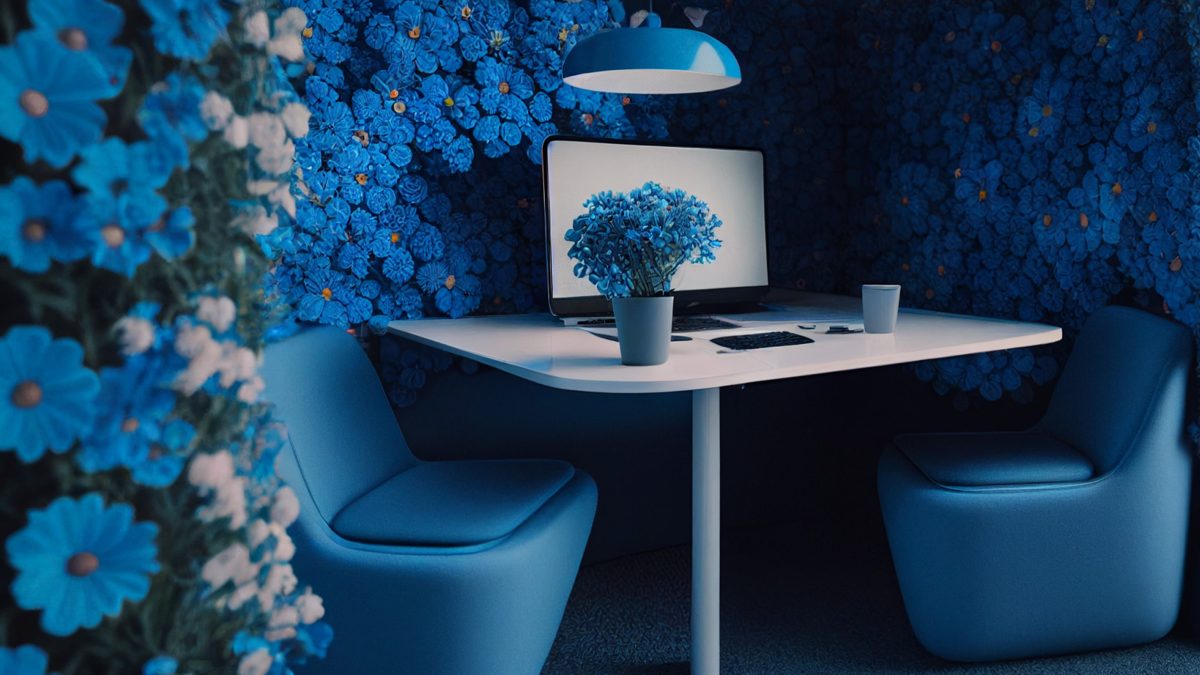 Imagined work environment with floral scents
Imagined work environment with floral scents
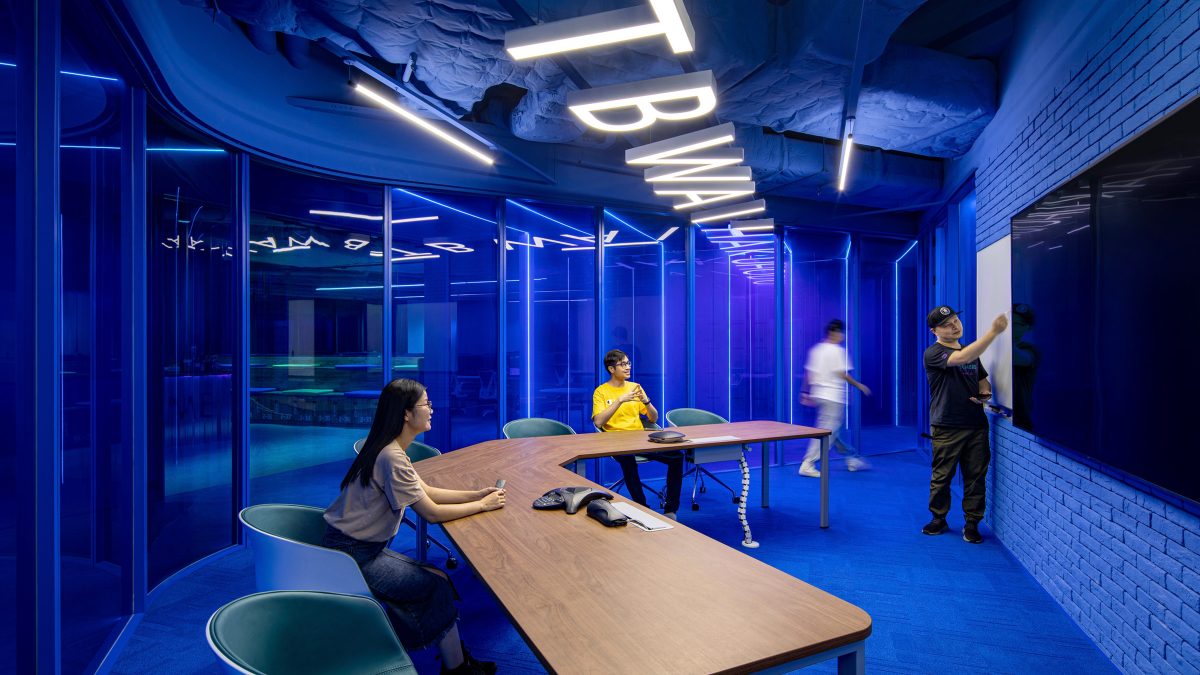 A collaboration room with dynamic lighting and colour
A collaboration room with dynamic lighting and colour
Creating multi-sensory experiences in offices
When designing multi-sensory office spaces, it’s essential to consider the desired experience. For example, the goal could be to foster creativity, encourage social interaction or reduce stress. The most important thing is to understand the people using the environment.
Our workplace strategy team is made up of designers and psychologists with expertise in both space and human behaviour. So, to help our clients, we use a technique called sensory mapping. By mapping specific sensory experiences to desired goals, we help to create spaces that are not just functional, but emotionally engaging as well.
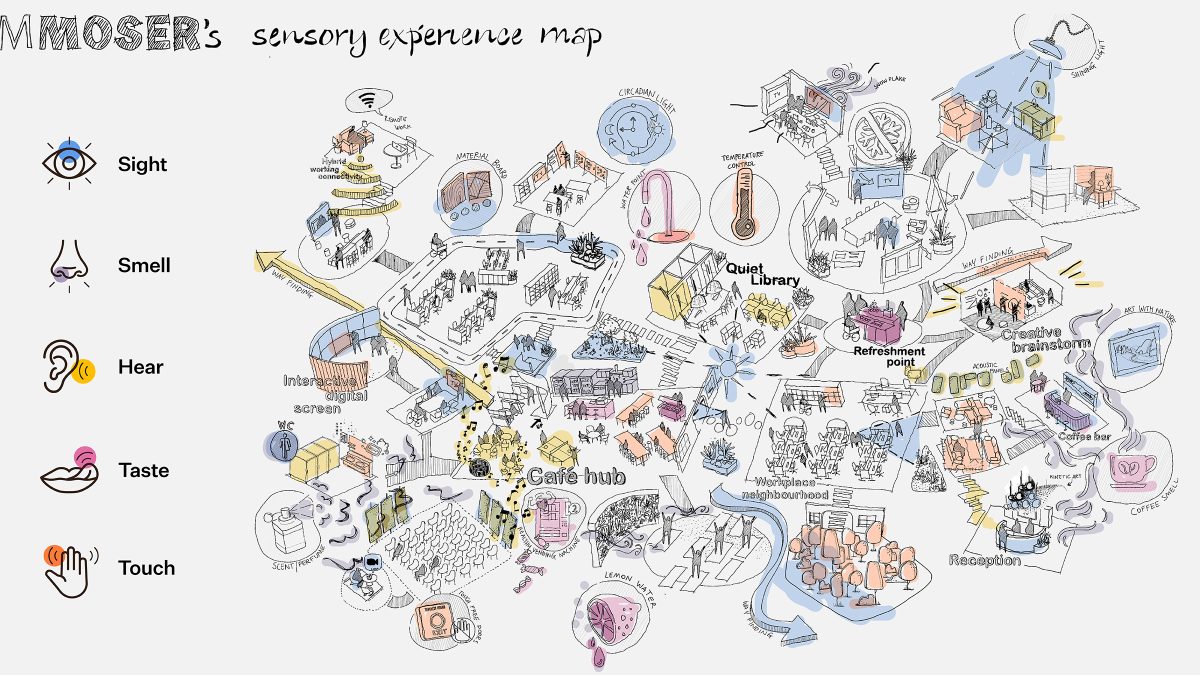 An example of a sensory experience map
An example of a sensory experience map
Hyposensitive or hypersensitive?
It’s crucial to determine whether the design is for the sensory-seeking, sensory-defensive, or both. Sensory-seeking individuals (hyposensitive) are often under-stimulated and seek experiences that offer play, contrast and movement.
On the other hand, sensory-defensive individuals (hypersensitive) experience sensory overload. They are more affected by certain stimuli and seek out neutral, controlled and ordered spaces.
Research links sensory development to neurodiversity, such as autism or ADHD. As a result, these individuals often have heightened or diminished sensory experiences.
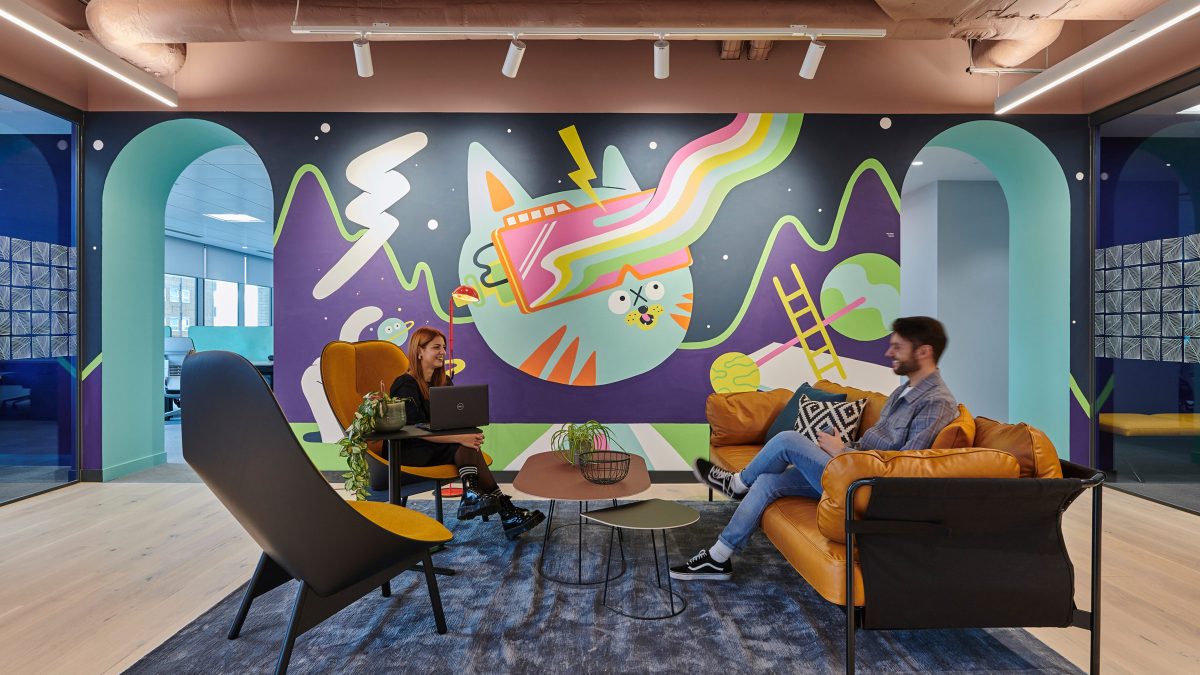 Design supportive of hyposensitivity
Design supportive of hyposensitivity
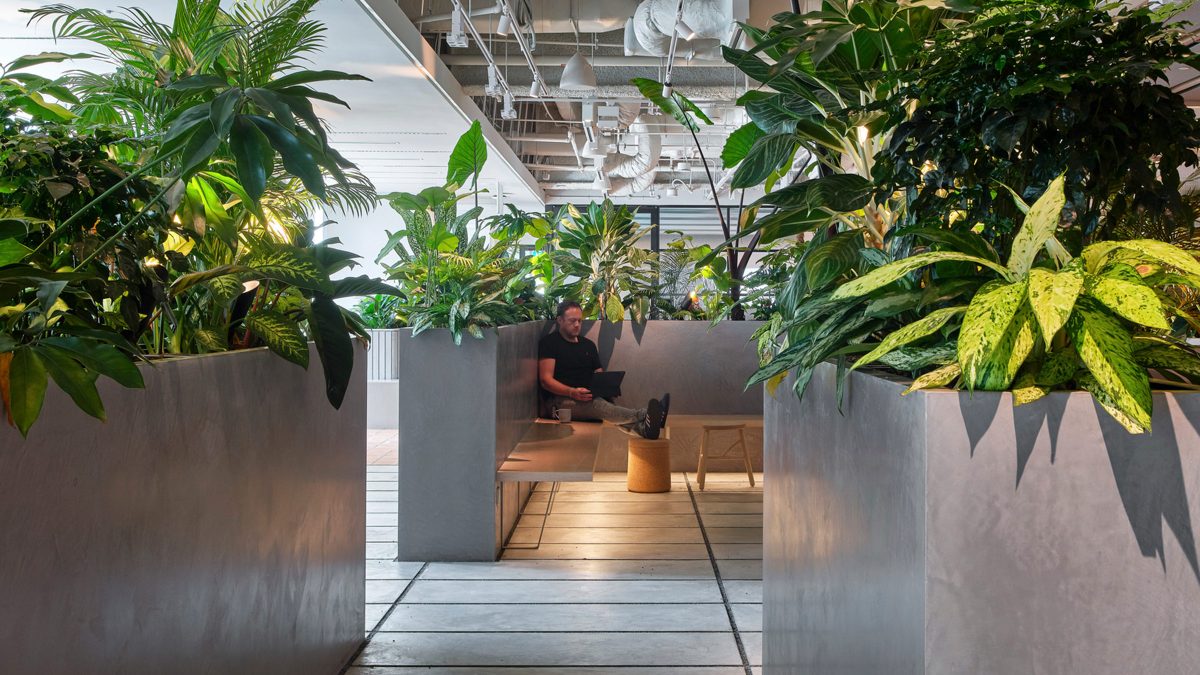 Design supportive of hypersensitivity
Design supportive of hypersensitivity
Sensory design for creativity
Sensory experiences can enhance creativity, exploration, and productivity in the workplace. For example, artificial visuals can stimulate creative thinking, interactive technology can encourage experimentation, and atmospheric music can create a positive and relaxed environment that promotes creativity and teamwork.
In addition, sensory experiences can boost confidence and pride among employees. High ceilings and upward-looking visuals can increase body awareness and provide a sense of opportunity, encouraging motivation and productivity.
Children’s sensory play encourages exploration and creativity. Office designers can learn from this by creating open, flexible spaces that encourage experimentation.Sophie Foster, Senior Workplace Strategist
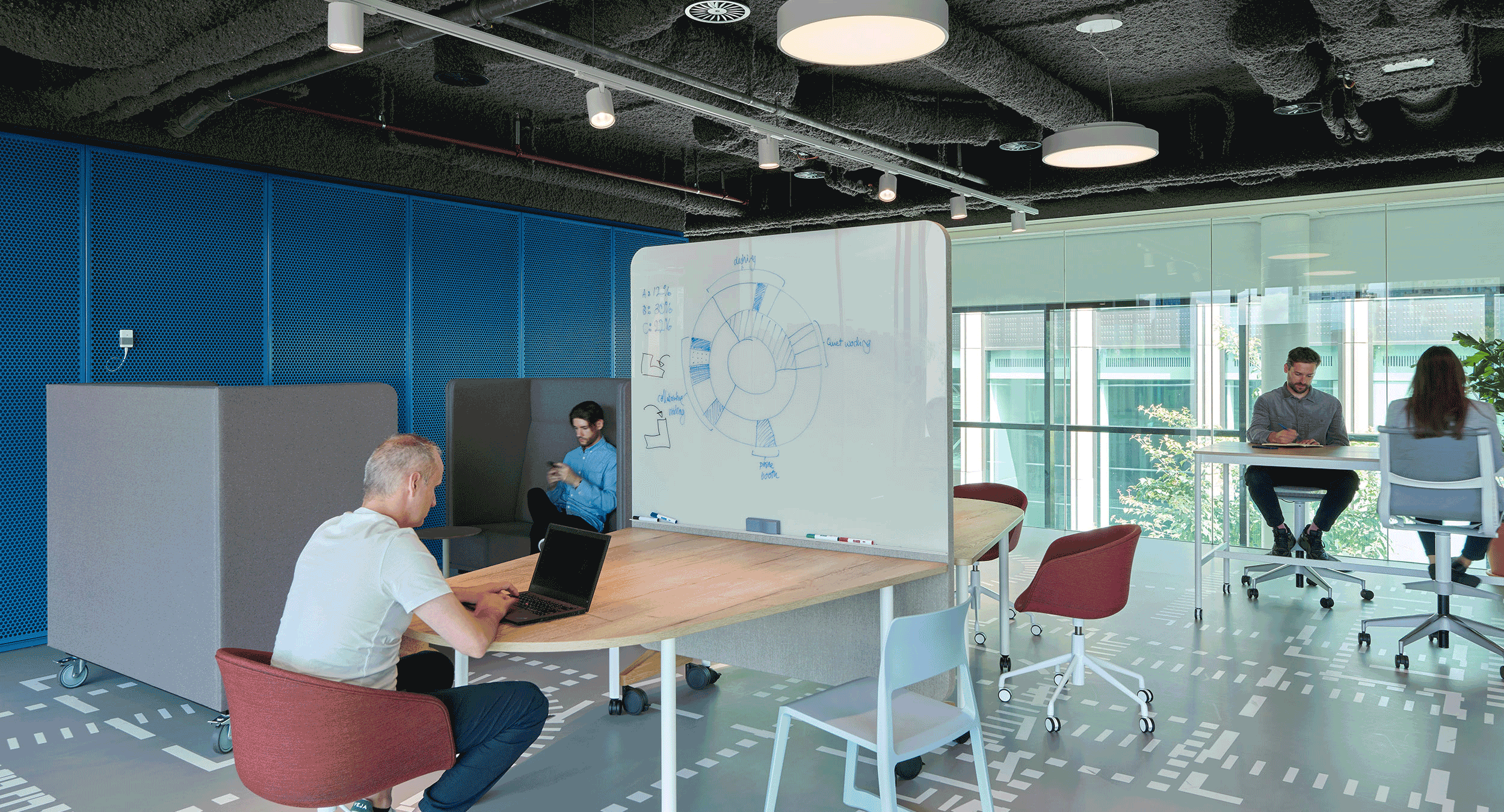 Experimental space for employees to customise to their needs
Experimental space for employees to customise to their needs
Sensory experiences for focus work
Sensory experiences can enhance focus and concentration in the workplace. A calming visual stimulus, like a long horizon, can help reduce mental fatigue and improve focus, providing a non-task-related reference point for the brain. For instance, when working on a screen for extended periods, looking out of a window at a distant horizon can serve as a mental break and help refresh focus when returning to work.
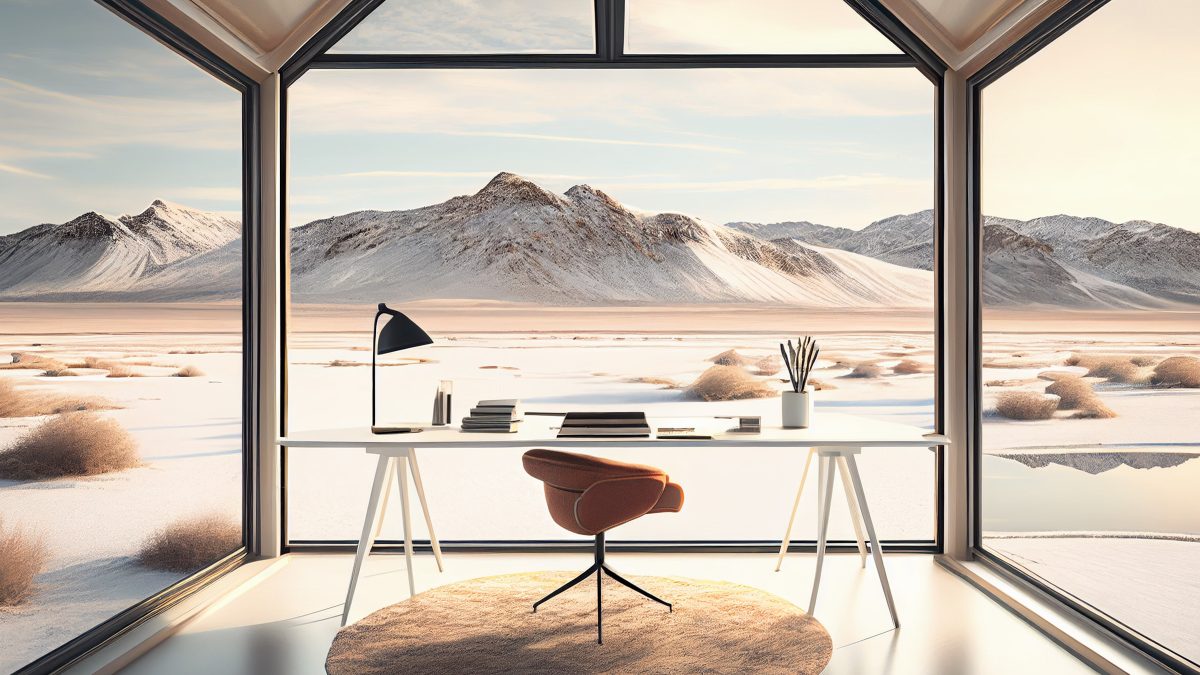 Conceptual focus space with long horizon
Conceptual focus space with long horizon
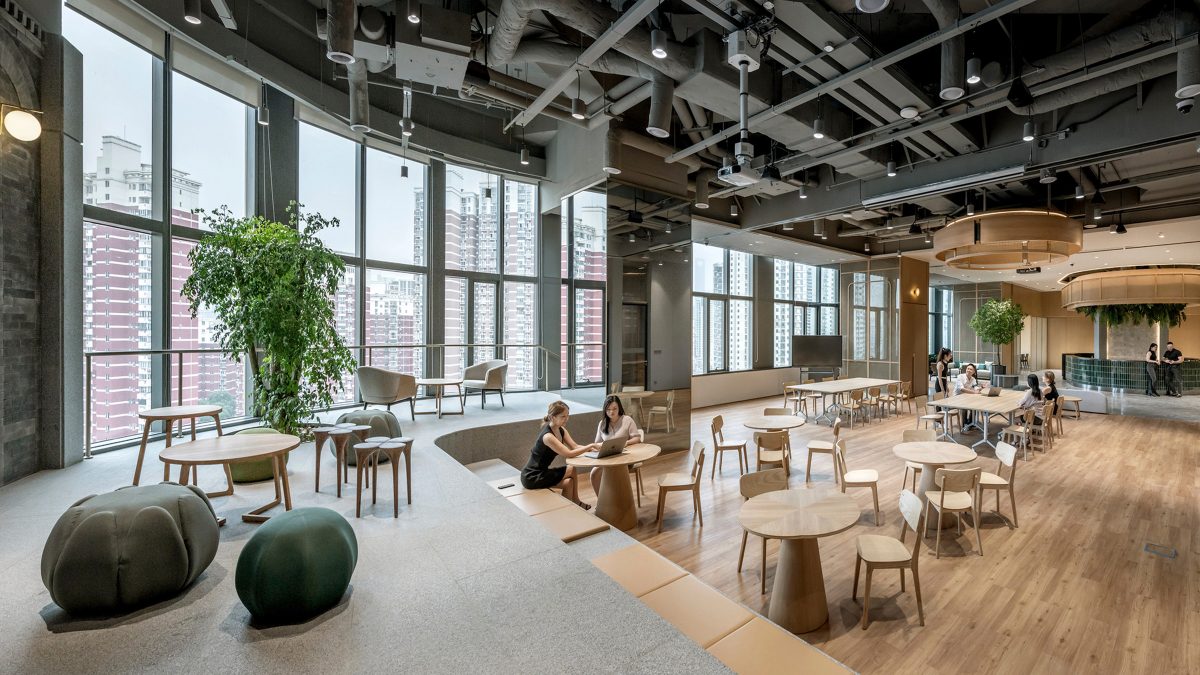 SHUI ON WORKX, Shanghai
SHUI ON WORKX, Shanghai
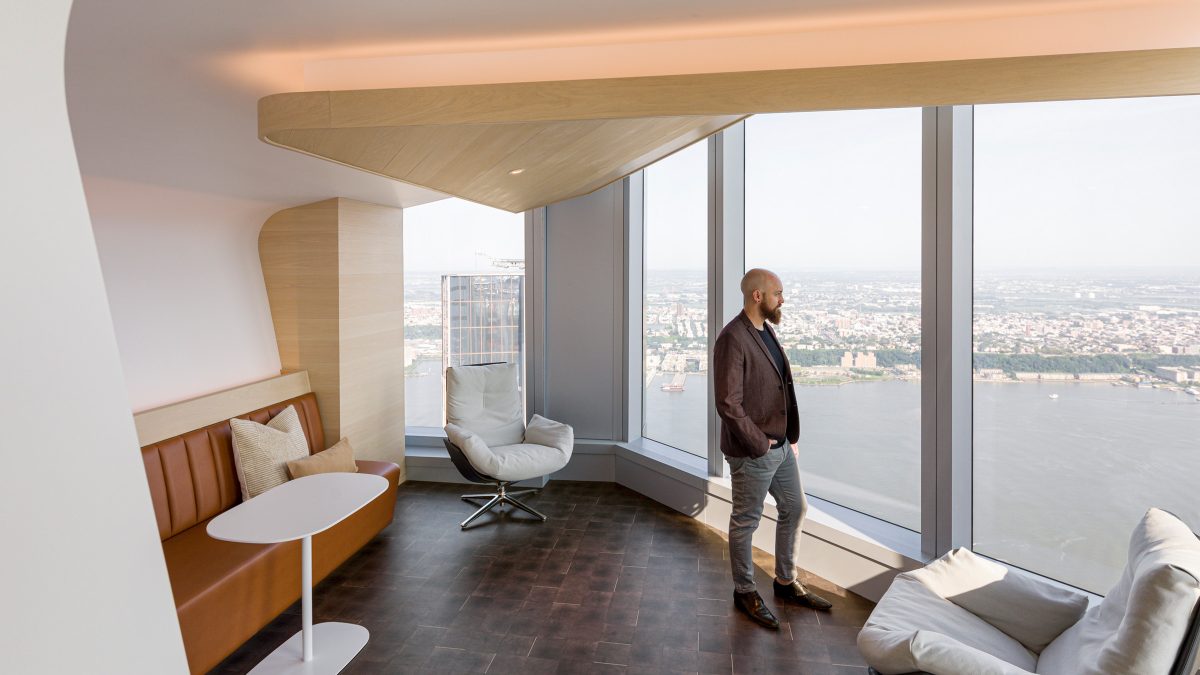 DNB, New York
DNB, New York
In conclusion, taking a multi-sensory approach to office design can create inclusive spaces that improve the employee experience and enhance health and wellbeing.
Get in touch with our strategy team to discuss how to create sensory experiences in your workplace.
